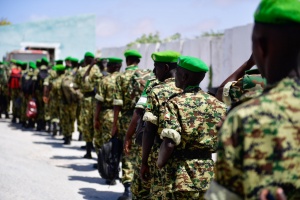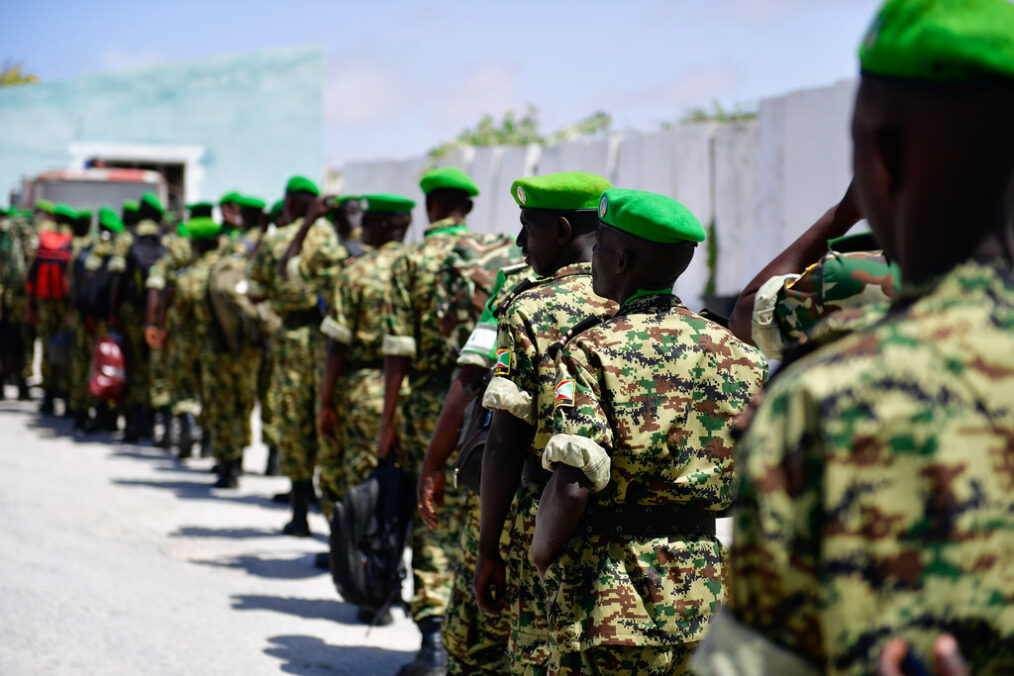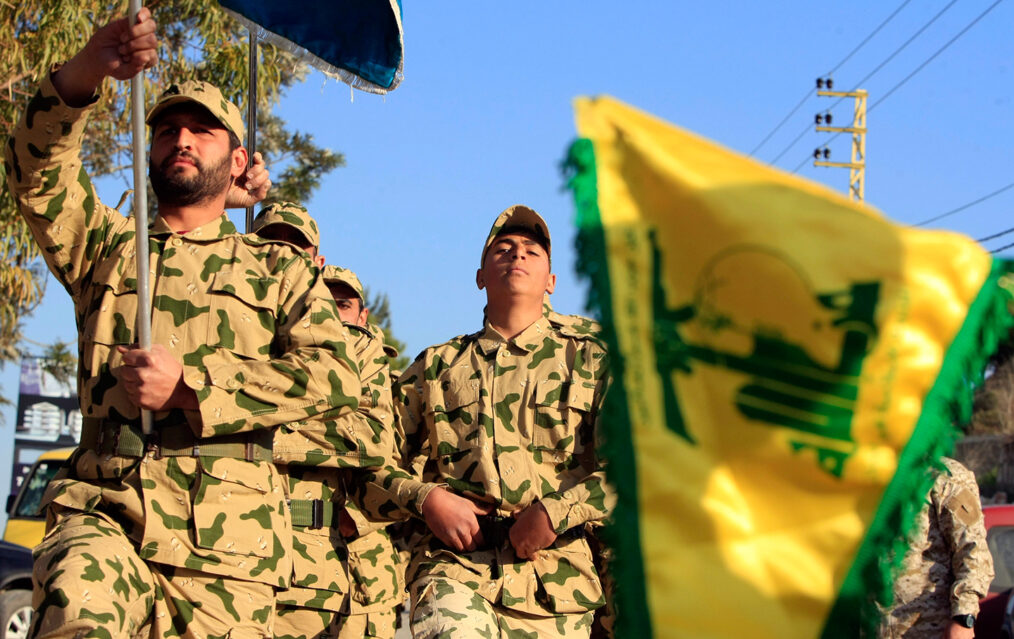
Photo Credit: Photographer Ilyas Ahmed for AMISOM.
In March 2019, it was unanimously decided by the United Nations Security Council that the African Union Mission in Somalia (AMISOM) would maintain its deployment and reduce uniformed personnel by 1000, in conformity with the prevailing plan to steadily transfer these responsibilities to existing Somali security forces. Resolution 2492 (2019) therefore authorises this reduction, allowing a maximum of 19, 626 AMISOM personnel by 28 February 2020. As the end of AMISOM’s mission is approaching in 2021, prioritised tasks for the mission include, as previously mentioned, the gradual handover of security responsibilities to Somali forces and reducing the threat posed by the Al-Shabaab.
Moreover, the Security Council authorised other key tasks to be achieved before 2021: the securing of key supply routes to areas recovered by Al-Shabaab, the conducting of ‘targeted offensive operations’ in support of the transition plan and assisting the Government of Somalia in the implementation of a total ban on charcoal exports. However, the Council has also expressed grave concerns for the ongoing humanitarian situation, namely the conflict and sexual violence that civilians continue to be victims of. It is recognised that AMISOM cannot remain in Somalia forever, and with the mission set to end in 2021, a fundamental question is provoked: is Somalis ready for AMISOM’s departure?
To provide a concise context, it is necessary to reiterate that AMISOM was established in Somalia as a regional peacekeeping mission between the African Union and the United Nations. Created by the African Union’s Peace and Security Council in January 2007, AMISOM had an initial mandate of six months. Fast forward to August 2017, the United Nations Security Council had issued a new resolution where the security responsibilities would be shifted gradually from AMISOM to the Somali security forces ‘continent on [the] abilities of the Somalis security forces and political and security progress in Somalia’.
The Al-Shabaab, also known as “The Youth”, are commonly known as an Islamist ‘insurgent group’ with its base in Somalia. The group has claimed their allegiance to other known terrorist groups such as the Al-Qaeda, and are responsible for several massive attacks throughout Somalia as well as neighbouring countries.
Though the foundational objective of the Al-Shabaab has been debated by professionals of various backgrounds, Bronwyn Bruton of the Atlantic Council has stated that the ‘unifying idea of Al-Shabaab is opposition to the Western-backed government.’ It is also stated that the group’s main aim is to establish an Islamic State in Somalia. The group is known to possess harsh interpretations of Sharia law, headed by the current leader, Ahmed Umar (also known as Abu Ubaidah), the ‘emir’, or ‘prince’. To fund their operations, the Al-Shabaab has engaged in the illicit charcoal trade that has brought over $7.5 million USD per annum, notwithstanding the United Nations ban on charcoal in effect since 2012.
The United States’ has been long concerned with Somalia potentially becoming a country where terrorist groups find ‘refuge’ in to plot attacks to the United States or to ‘destabilise’ the Horn of Africa. Furthermore, another core concern is the Al-Shabaab’s recruitment of the Somali diaspora residing in the United States. It has been found that many Americans, predominantly from Minneapolis, Minnesota, have volunteered themselves to fighting for the Al-Shabaab in Somalia. This aforementioned fact coupled with the Al-Shabaab’s enduring presence and recruitment in Somalia are cause enough for concern of the Somalia’s security personnel’s ability to handle the situation on their own in a little over a year from now. Shrinking resources certainly are of no help to them in confronting this issue themselves, come the end of AMISOM’s mandated involvement December 2021.
In addition to the physical and military power, the sheer logistical concerns of Somalia’s availability of security forces in states other than the capital of Mogadishu are alarming. In select regions where AMISOM will no longer hold presence, no security forces exist and therefore will have to be ‘built from scratch’– a time and energy consuming task.
With reports stating that the Al-Shabaab remains in control of approximately 20% of Somalia, this transition of security measures from AMISOM uniformed personnel to the Somali security forces has been observed to be a point of vulnerability, where it is feared that the Al-Shabaab may use this transitory period to their advantage in carrying out more deadly attacks. Just in late March 2019, the Al-Shabaab carried out a deadly attack at a Ministry building in Mogadishu, claiming over 15 lives. It was noted that though the group has been pushed out of former major strongholds, attacks such as these demonstrate that they remain capable of carrying out massive violence and sending the capital into a state of fear and instability.
To establish any surety in the Somali security force’s capability to handle the Al-Shabaab and overall instability in the country as of December 2021, the current transition plan can consider shifting its major focus to building a stronger Somali security force presence, as well as a re-evaluation of the transition priorities to perhaps add more pressing concerns.






